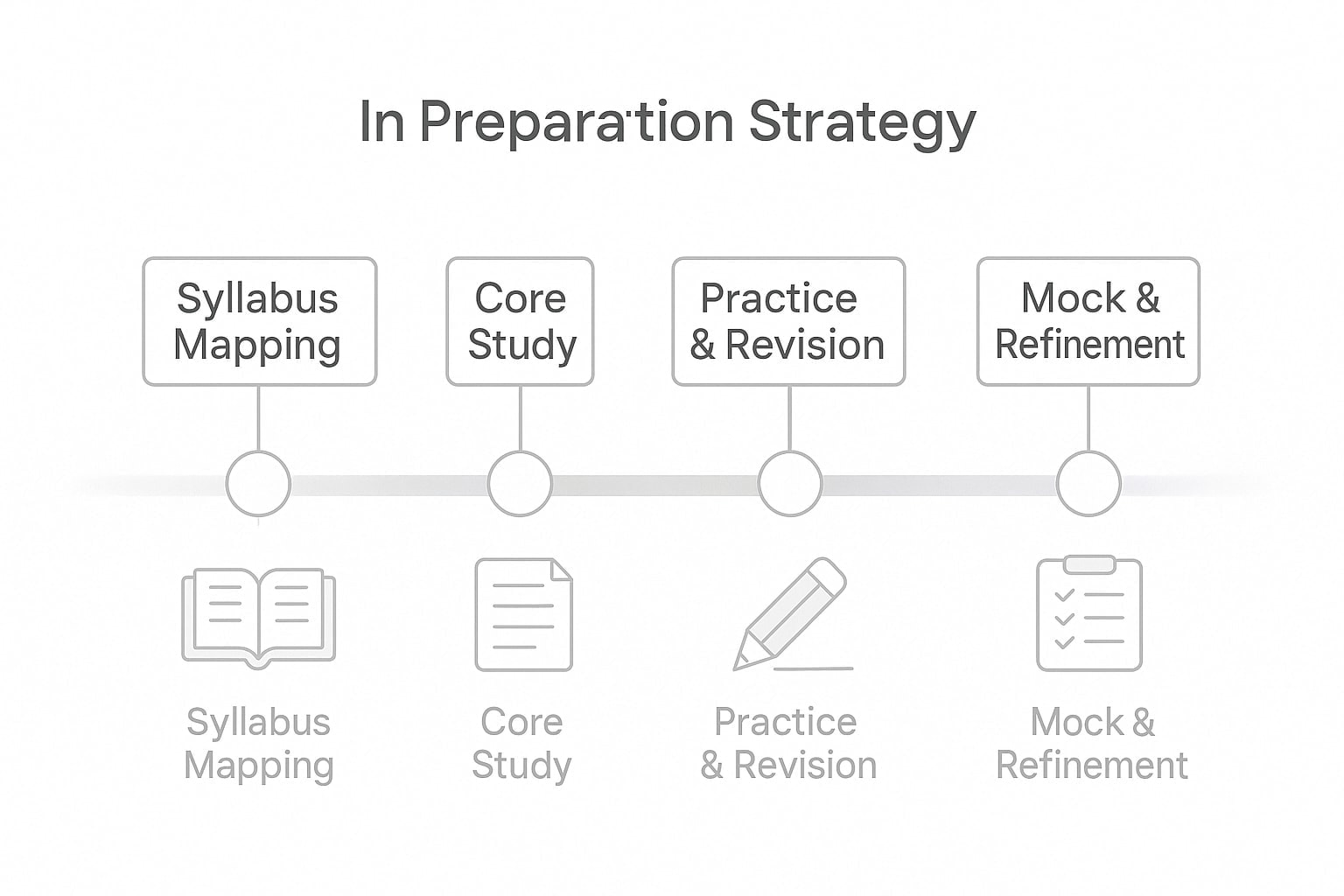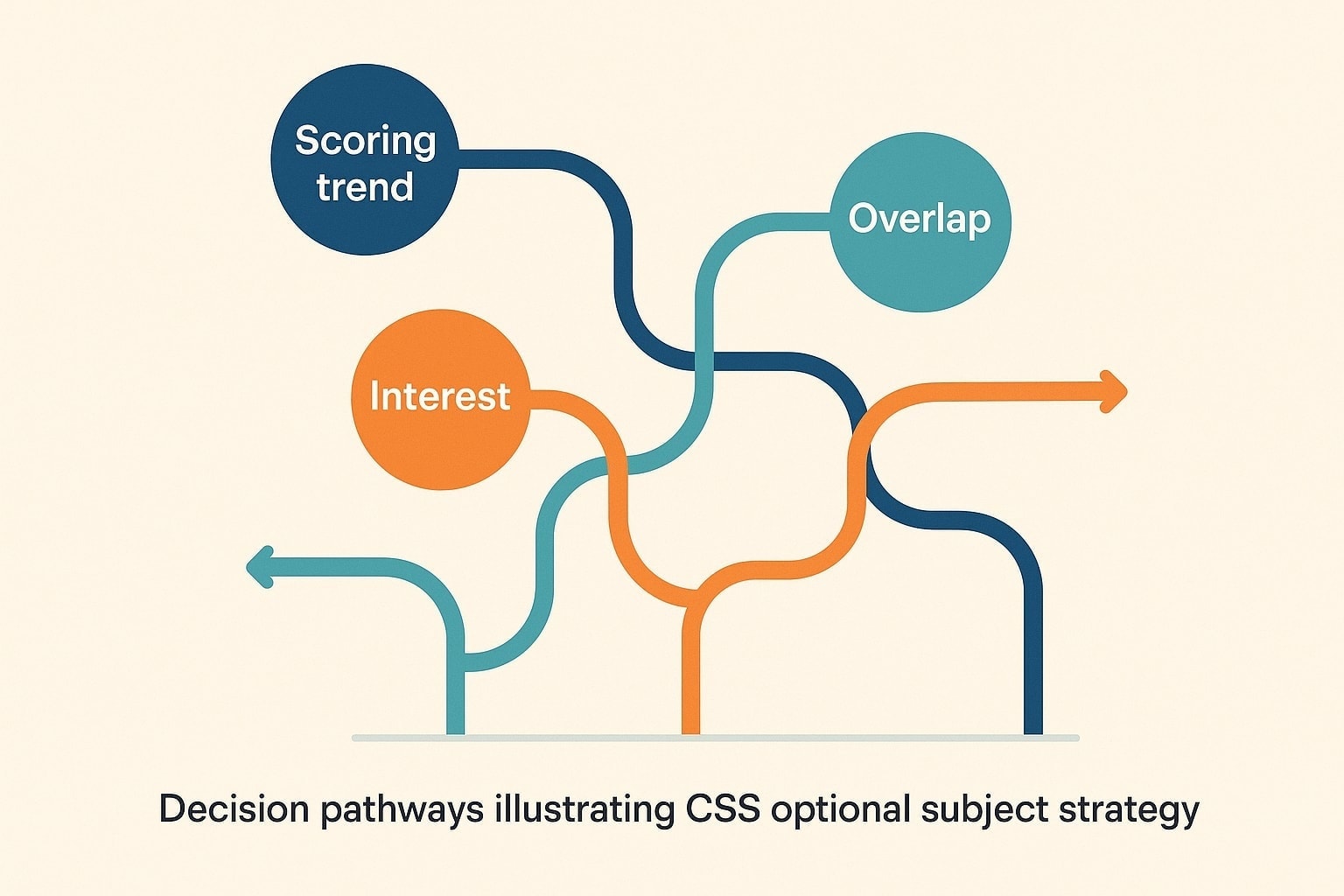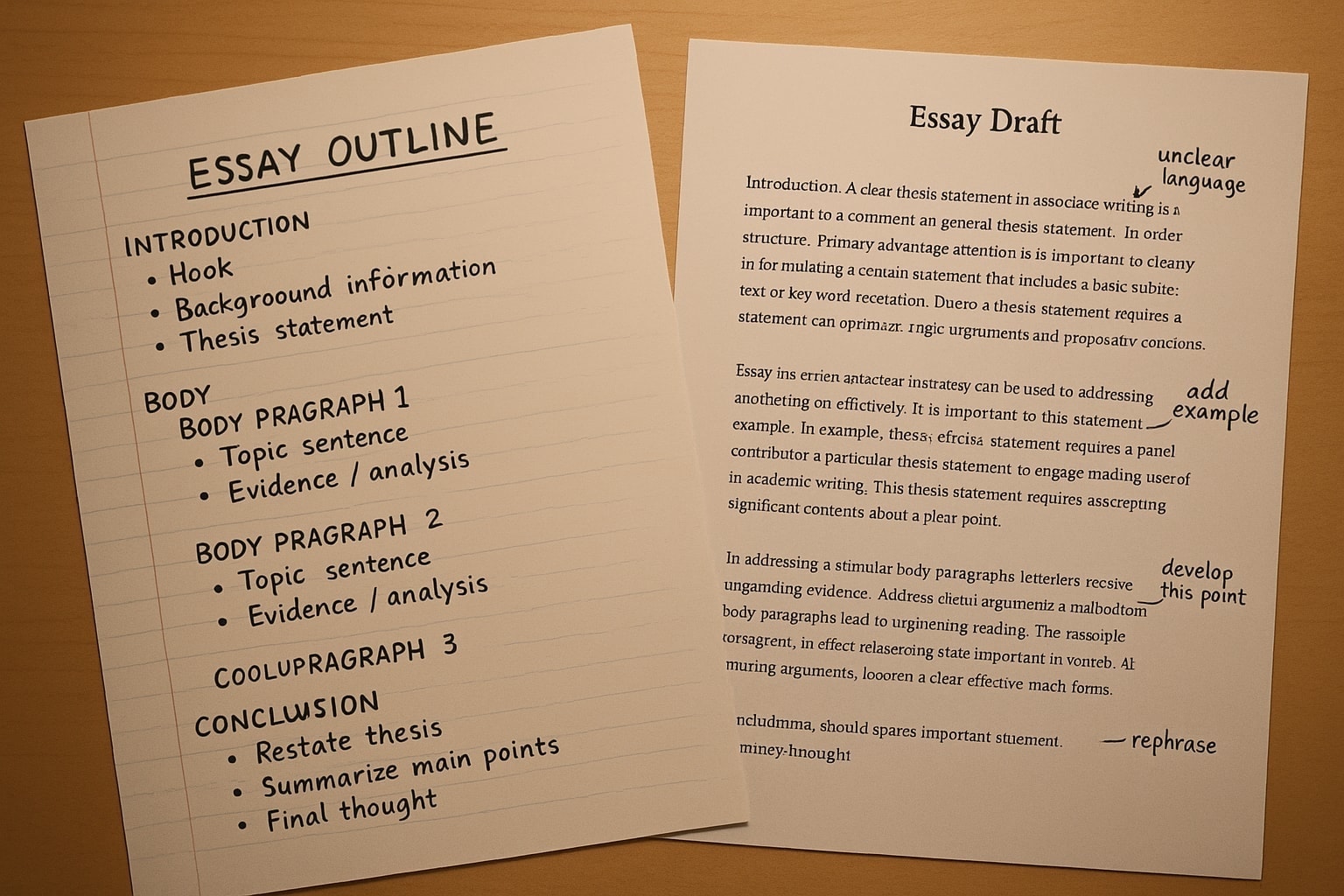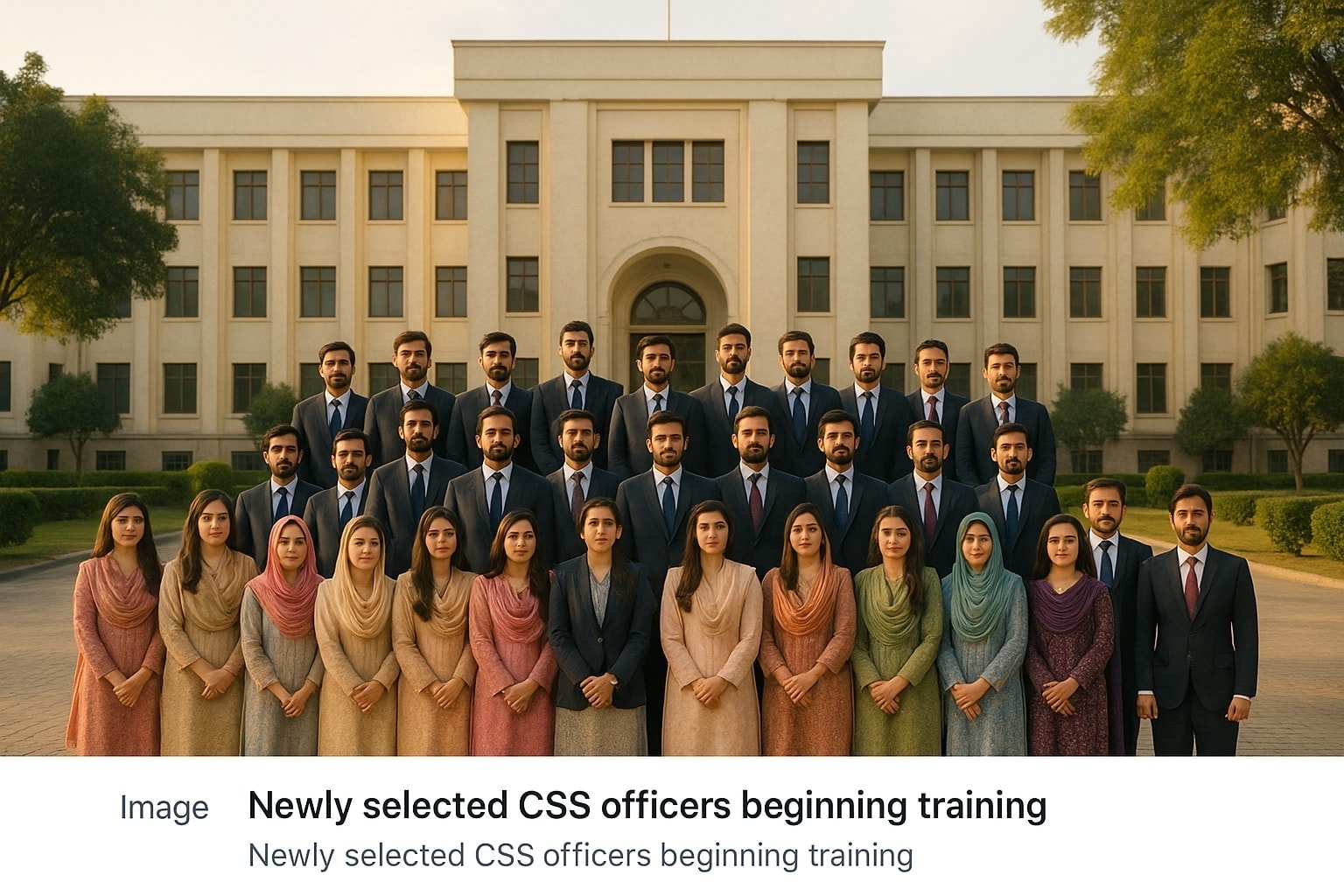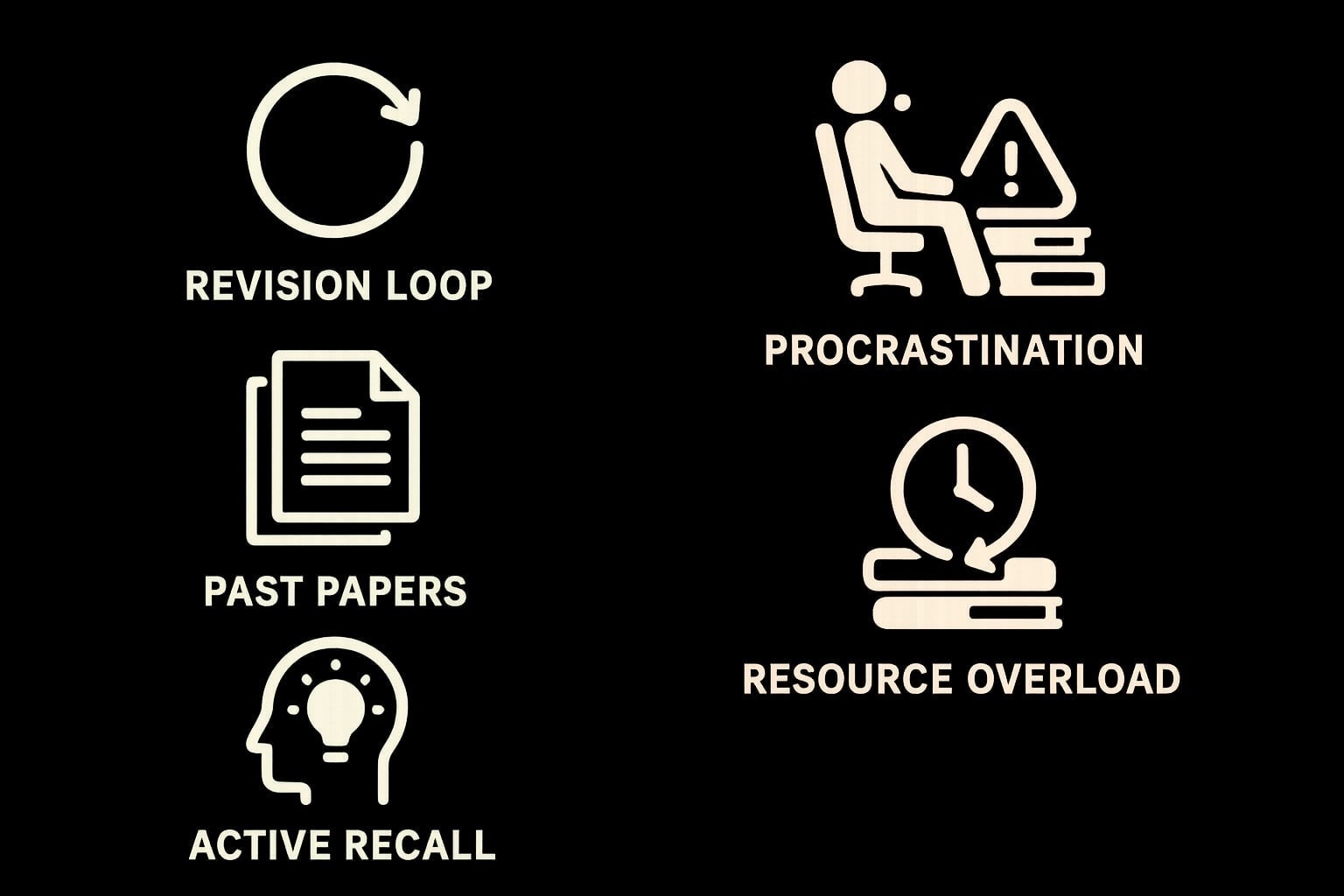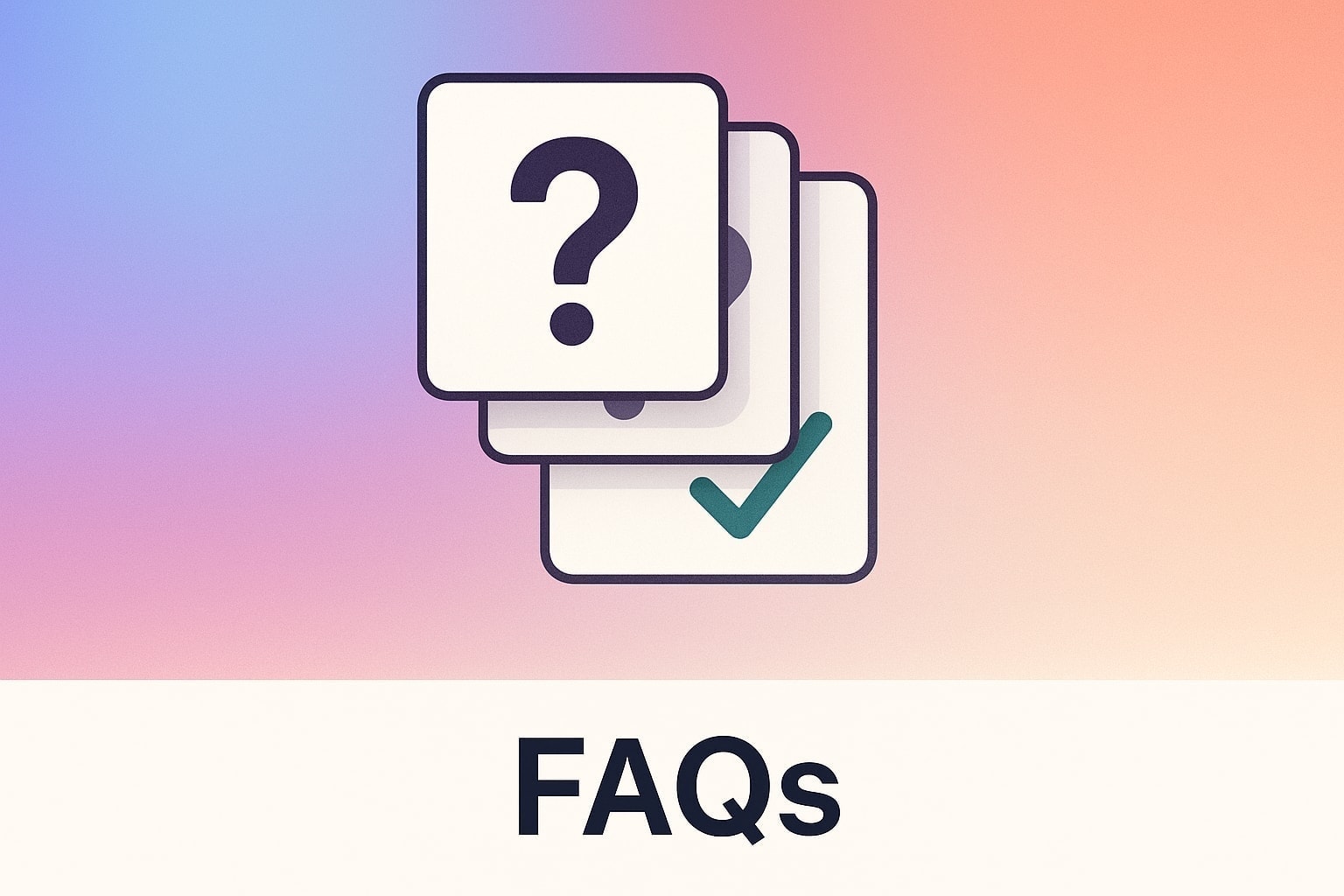Complete CSS Exam Guide: A Comprehensive Roadmap to Success

Table of Contents
- 1. Introduction to CSS
- 2. Exam Structure & 2024–25 Updates
- 3. Preparation Strategy
- 4. Subject-wise Guide
- 5. Writing & Answer Development
- 6. Time & Productivity Management
- 7. Interview & Personality Preparation
- 8. Post-Selection & Training
- 9. Strategy: Do's & Don'ts
- 10. FAQs (Updated 2025)
- 11. Additional Resources
- 12. Author & Review Note
- Conclusion
1. Introduction to CSS
The Central Superior Services (CSS) examination, conducted by the Federal Public Service Commission (FPSC), recruits officers for Pakistan's key federal occupational groups and services, including:
- Pakistan Administrative Service (PAS)
- Pakistan Foreign Service (PFS)
- Pakistan Audit & Accounts Service (PA&AS)
- Pakistan Customs Service (PCS)
- Inland Revenue, Police, Information, and other allied services
Why It Matters
Successful candidates begin at BPS-17, with career progression (subject to performance) up to BPS-22. The exam is competitive (single‑digit success rate), rewarding strategic preparation, analytical writing, and consistent revision.
At a Glance (2025 Cycle)
| Aspect | Current Rule |
|---|---|
| Age Limit | 21–32 years (as of 1 Jan) |
| Attempts | 5 maximum (an attempt counts if you sit any paper) |
| Written Marks | 1200 (Compulsory 600 + Optional 600) |
| Viva Voce | 300 |
| Total | 1500 |
| Compulsory Papers | 6 (100 marks each) |
| Optional Selection | Subjects chosen to total 600 marks from FPSC groups |
| Conducting Body | FPSC |
Always verify latest rules on the official FPSC portal before applying (changes can be notified mid-year).

2. Exam Structure & 2024–25 Updates
Written Examination (1200 Marks)
Compulsory Papers (600 Marks)
- English Essay (100)
- English (Précis & Composition) (100)
- General Science & Ability (100)
- Current Affairs (100)
- Pakistan Affairs (100)
- Islamic Studies OR Comparative Religion (100)
Optional Subjects (600 Marks)
You select subjects from FPSC-defined groups so that their combined marks equal 600. Some papers are 200-mark (e.g., International Relations) while others are 100-mark (e.g., Gender Studies). Strategy involves:
- Balancing interest vs. scoring trends
- Avoiding content overlap fatigue
- Reviewing past paper question diversity


